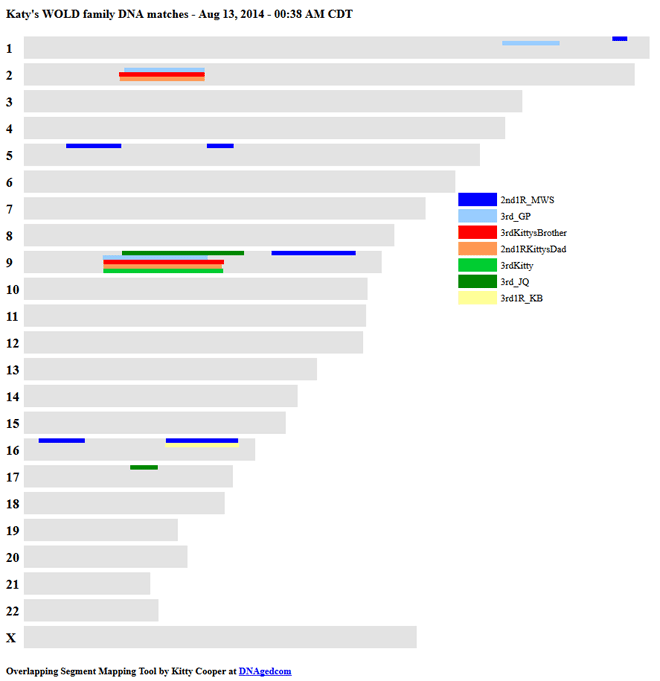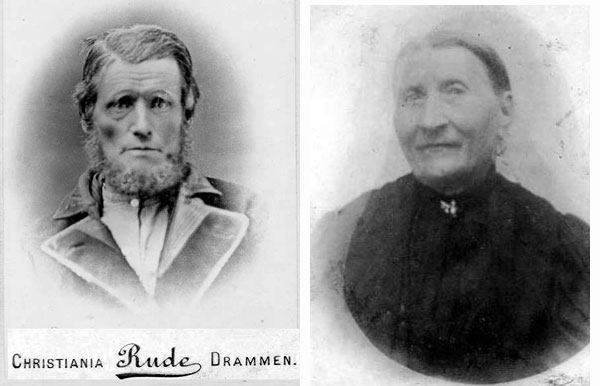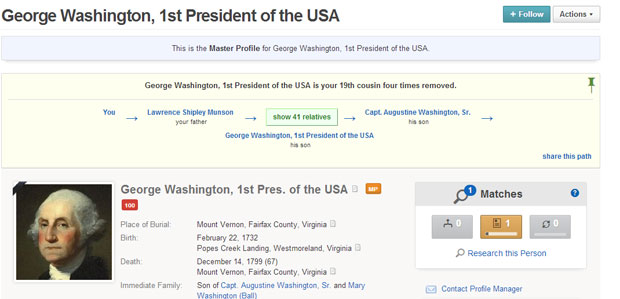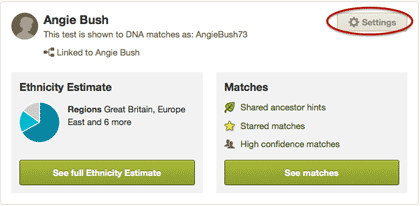In a post back in May, I discussed how there were not enough people on the earth in about the year 1000 A.D for all the ancestors we theoretically have.
Recently I found a great Utube video via a facebook post that explains the “how many ancestors” problem brilliantly. So here it is:
One can postulate that everyone alive at about 1000 A.D. in Europe, who has descendants, is the ancestor of every European person today. Therefore we are ALL descended from Charlemagne. I have at least 3 documented lines to him, how many do you have? See this page on my family history site for more.



